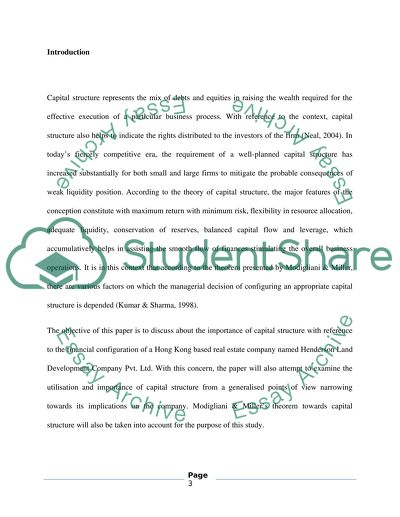Cite this document
(“Current Issues In Finance Essay Example | Topics and Well Written Essays - 2500 words”, n.d.)
Current Issues In Finance Essay Example | Topics and Well Written Essays - 2500 words. Retrieved from https://studentshare.org/finance-accounting/1452214-current-issues-in-finance-yy
Current Issues In Finance Essay Example | Topics and Well Written Essays - 2500 words. Retrieved from https://studentshare.org/finance-accounting/1452214-current-issues-in-finance-yy
(Current Issues In Finance Essay Example | Topics and Well Written Essays - 2500 Words)
Current Issues In Finance Essay Example | Topics and Well Written Essays - 2500 Words. https://studentshare.org/finance-accounting/1452214-current-issues-in-finance-yy.
Current Issues In Finance Essay Example | Topics and Well Written Essays - 2500 Words. https://studentshare.org/finance-accounting/1452214-current-issues-in-finance-yy.
“Current Issues In Finance Essay Example | Topics and Well Written Essays - 2500 Words”, n.d. https://studentshare.org/finance-accounting/1452214-current-issues-in-finance-yy.


